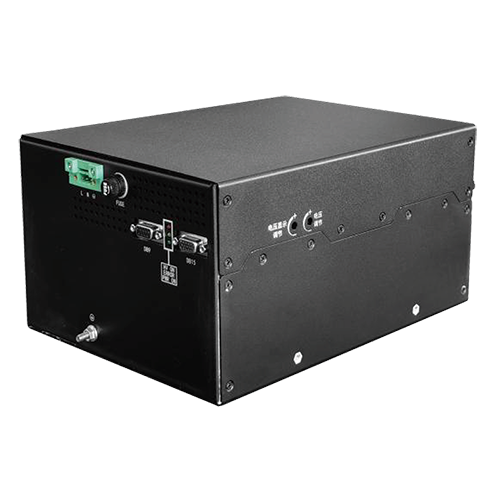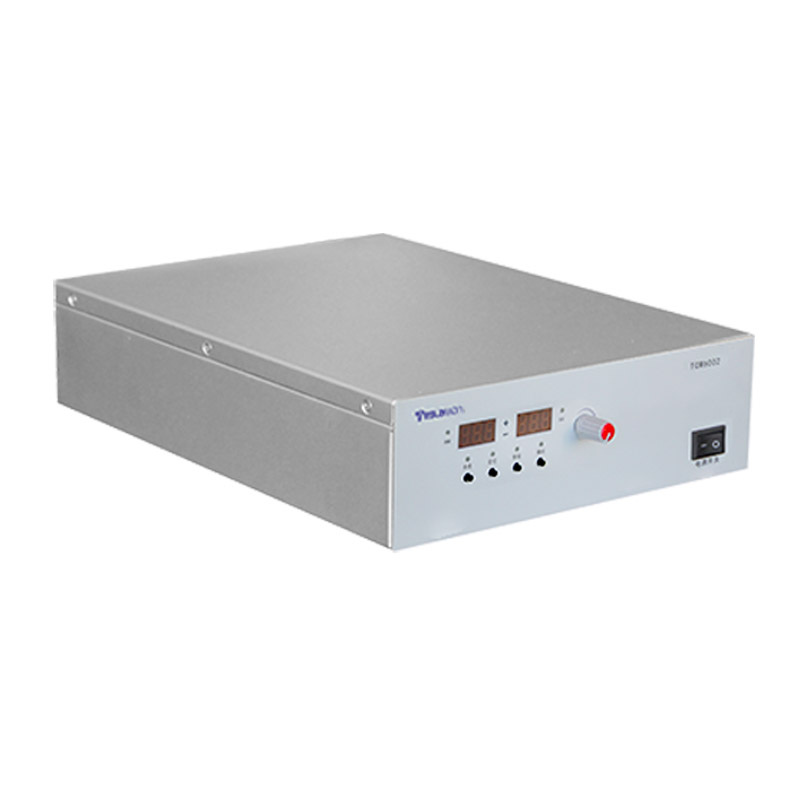Strategies for Improving the Efficiency of High-Voltage Module Power Supplies in Photovoltaic Power Generation Systems
Introduction:
With the increasing global demand for renewable energy, photovoltaic (PV) power generation systems have been widely adopted worldwide. As a crucial component of PV power generation systems, the performance of high-voltage module power supplies directly affects the overall efficiency of the system. Therefore, exploring strategies to improve the efficiency of high-voltage module power supplies in PV power generation systems has become a research hotspot. This article will discuss various aspects of these strategies.
I. Improving Conversion Efficiency:
Conversion efficiency is one of the key indicators of power supply performance. Increasing the conversion efficiency of high-voltage module power supplies can effectively reduce system power consumption, thereby improving the overall efficiency of PV power generation systems. Methods to achieve this goal include optimizing circuit design, selecting high-performance devices, and adopting advanced manufacturing processes.
II. Optimizing Thermal Design:
High-voltage module power supplies generate a significant amount of heat during operation, which can affect their performance and lifespan if not properly managed. Therefore, optimizing thermal design is essential for improving the efficiency of high-voltage module power supplies. Specific measures include selecting appropriate heat sink materials, adopting efficient heat dissipation structures, and incorporating fans for forced cooling.
III. Widening Input Voltage Range:
The input voltage of PV power generation systems fluctuates greatly due to factors such as solar irradiation intensity and ambient temperature. Widening the input voltage range of high-voltage module power supplies allows them to maintain high-efficiency operation over a broader input voltage range, thereby improving the overall efficiency of the system. Additionally, expanding the input voltage range reduces the current stress on the power supply, improving its reliability.
IV. Intelligent Management:
Introducing intelligent management technology enables real-time monitoring and optimal adjustment of high-voltage module power supplies, thereby improving their operating efficiency. For example, using advanced sensor technology and communication techniques, real-time monitoring of power supply operating status, temperature, current, and other parameters can be achieved; through intelligent algorithms and control strategies, precise control and optimization of power supply output voltage and current can be realized.
V. Electromagnetic Compatibility Design:
Good electromagnetic compatibility (EMC) is essential for ensuring the stable operation of high-voltage module power supplies in PV power generation systems. In the design process, the electromagnetic interference sources and sensitive equipment of the power supply should be fully considered, and effective shielding, filtering, and other measures should be taken to reduce the power supply's electromagnetic interference to the external environment while improving its resistance to electromagnetic interference.
VI. Conclusion and Outlook:
This article discusses strategies for improving the efficiency of high-voltage module power supplies in PV power generation systems from various aspects, including improving conversion efficiency, optimizing thermal design, widening input voltage range, intelligent management, and electromagnetic compatibility design. The implementation of these strategies will help improve the overall performance and economic benefits of PV power generation systems. Looking ahead, with the continuous emergence of new materials, devices, and technologies, it is expected that the performance and application level of high-voltage module power supplies will be further enhanced. At the same time, with the continuous development of artificial intelligence, big data, and other technologies, the intelligence level of future PV power generation systems will continue to increase, presenting new opportunities and challenges for the improvement of high-voltage module power supply efficiency.




















